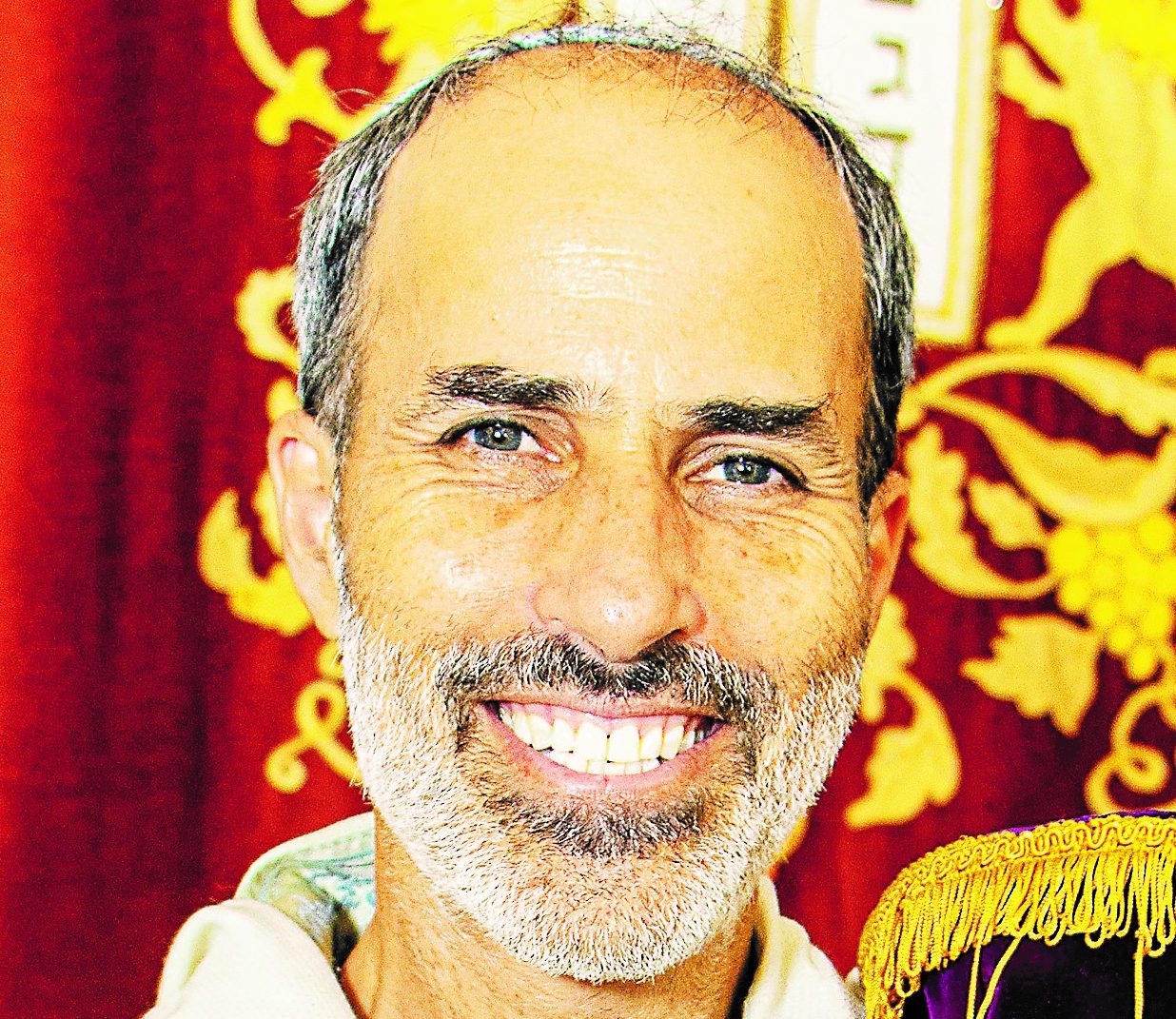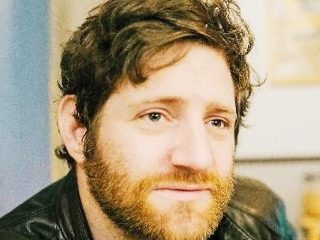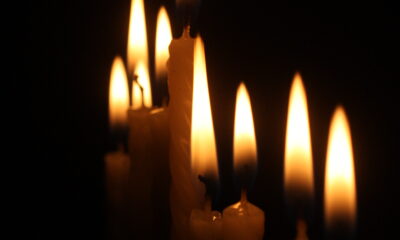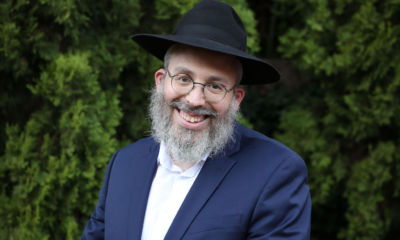
Parshot/Festivals

Shedding light on Chanukah in Mzansi
There’s a lot about Chanukah that speaks to where we are in South Africa’s young democracy right now. And it starts, like many Jewish discussions, with an argument. When you light your chanukiah, you start the first night with one candle and end with eight on the last night. But not many people know that it could easily have gone the other way.
Two thousand years ago, there were two schools of thought – Beit Hillel, the students of the great sage, Hillel, and Beit Shammai, the students of the equally great sage, Shammai. They argued over many things, including how to light right. Beit Hillel argued for the way we do it today, one to eight. Beit Shammai argued that you should do the reverse, beginning with eight on the first night and working down to one. What was behind their disagreement?
The Talmud (BT Shabbat 21b) explains that Beit Shammai focuses on the yamim hanichnasim (the days that are entering) so that with eight days ahead of us, we light eight candles on the first night and then one less each night, like a daily countdown. Beit Hillel, on the other hand, focuses on the yamim hayotzim (the days that are leaving), so, as we begin Chanukah, there is only one candle to light.
You might argue like Beit Shammai. After all, the “big night” of other festivals (think Pesach or Sukkot) is the first, and isn’t it a bit pathetic to just light one candle? You want to celebrate the miracle of eight days, so light eight! Beit Shammai start big and more philosophically, they make the end already visible. They recognise the potential even before it is actualised, and this is a valid and powerful way to see the world.
There’s another interpretation given on the same page of Talmud that says that Beit Shammai were using the model of the offerings given during the festival of Sukkot in the time of the Temple. There, they offered 13 bulls on the first day, and then one less day by day as the festival progressed, until they finished with seven on the seventh day. That adds a remarkable and unexpected layer to Chanukah with regard to our relations with other faiths.
You see, the Talmud also explains in the words of Rabbi Elazar, that the 70 bulls sacrificed on Sukkot represent the 70 nations of the world (BT Sukkah 55b). On Sukkot, we pray for the well-being of all the nations, and adding this layer to Beit Shammai’s opinion adds a powerful message of interfaith co-existence that’s sorely needed in our world.
So many faiths have a festival of lights in December. The Hindus have Diwali, the Christians have Christmas, the Buddhists have Rohatsu (festival of “en-light-enment”) and we have Chanukah. Beit Shammai connect us back to a time that we had one giant festival for all nations, all faiths, and it was in our holiest of holies. Let this be a call to us to reach out to neighbours, work colleagues, school families who aren’t Jewish, and invite them to join us for one of the nights of Chanukah, sharing miracles, light, (and doughnuts) together.
Getting back to the Hillel vs Shammai debate, we have focused on Beit Shammai, but it isn’t the practise that prevailed. We all start with one candle, and though there’s much to be learned from the Shammai approach, let’s see what we can learn from Hillel. The Talmud explains that we ma’alin bakodesh (ascend in matters of holiness). Like Shammai taught, it’s good to sense the potential of our future, but we must start with what we can do now and build up slowly, step-by-step from that. Before we can celebrate what will be, let’s start with what is.
I want to take all this learning and apply it to current affairs in South Africa. Beit Shammai remind us that there are other faiths and practises around us in our Rainbow Nation. And while we are proudly Jewish, we are proudly South African too and are called to spread the light wherever we are and learn from and be receivers of others’ light too. They also remind us that even though things look dark right now, we can start with the promise of the end – that we want this country to fulfil its amazing potential, and there’s so much potential.
At the same time, with the teachings of Beit Hillel, we’re reminded that while it’s heartening to have long-term vision in mind, there are real problems right here, right now that need addressing. We’re often told of the rosy future that’s possible, but this past year with its loadshedding, unrest, and now local elections is telling the government that we have had enough of promises and rhetoric. We want change, and we want it now! Beit Hillel tells us that we start with one candle, one act, one repair, and build it up with faith and strength from there. Let’s be builders and lighters, and let’s start small, trusting that if we do this well, we can take this country from one candle to eight (listen up, Eskom) and realise the full potential of Mzansi.
- Rabbi Greg Alexander is part of the rabbinic team at the Cape Town Progressive Jewish Congregation.










